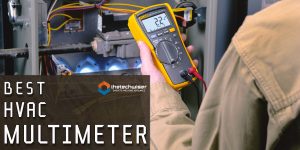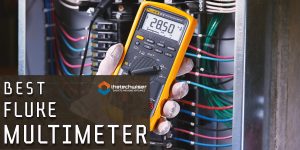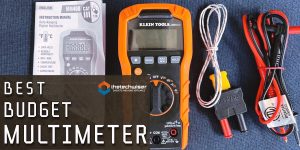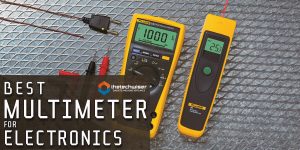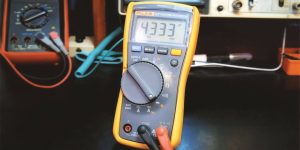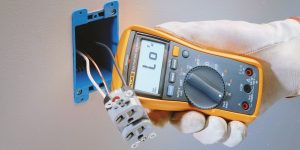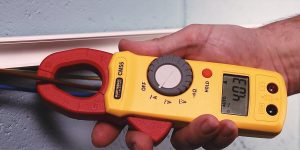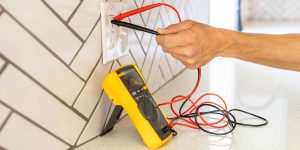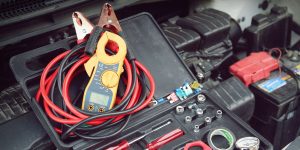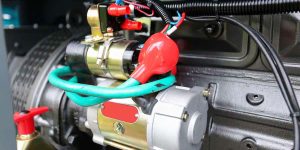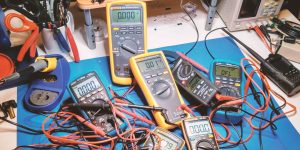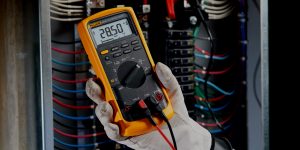These tools allow you to measure multiple electrical properties of a circuit, including voltage, current, and resistance. There are several different types of multimeters, each with pros and cons. Commonly people use digital, analog, clamp, and autoranging ones.
A digital multimeter
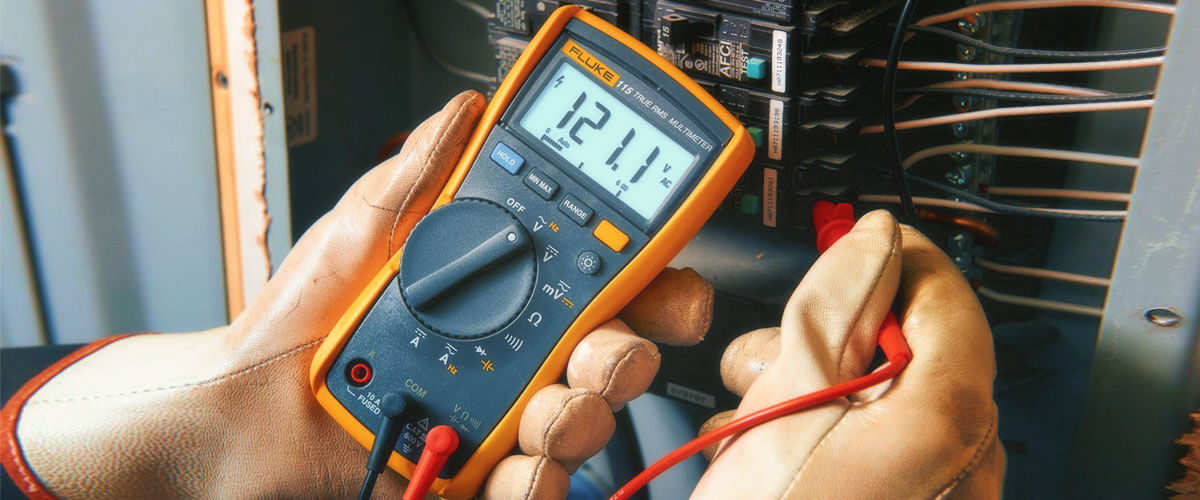
This type of device measures electric current, voltage, and resistance. It is a handy tool for troubleshooting electrical problems in various devices. Besides, it can measure other electrical quantities including capacitance, inductance, and frequency. Furthermore, this type can store data.
Digital multimeters are used in various applications, including engineering, manufacturing, and scientific research. They are often used to troubleshoot electrical problems in electronic devices.
Digital multimeters are available in a variety of styles and prices. They can be either handheld or benchtop models. Handheld digital multimeters are smaller and more portable than benchtop models but typically have fewer features. On the other hand, benchtop digital multimeters are larger and more expensive, but they offer more features and better accuracy.
Many digital multimeters have a built-in math function that allows you to add, subtract, multiply, and divide measured values. In addition, some digital multimeters have a built-in logic probe that can be used to test digital circuits. Logic probes are used to measure a digital signal’s logic level (high or low).
An analog multimeter
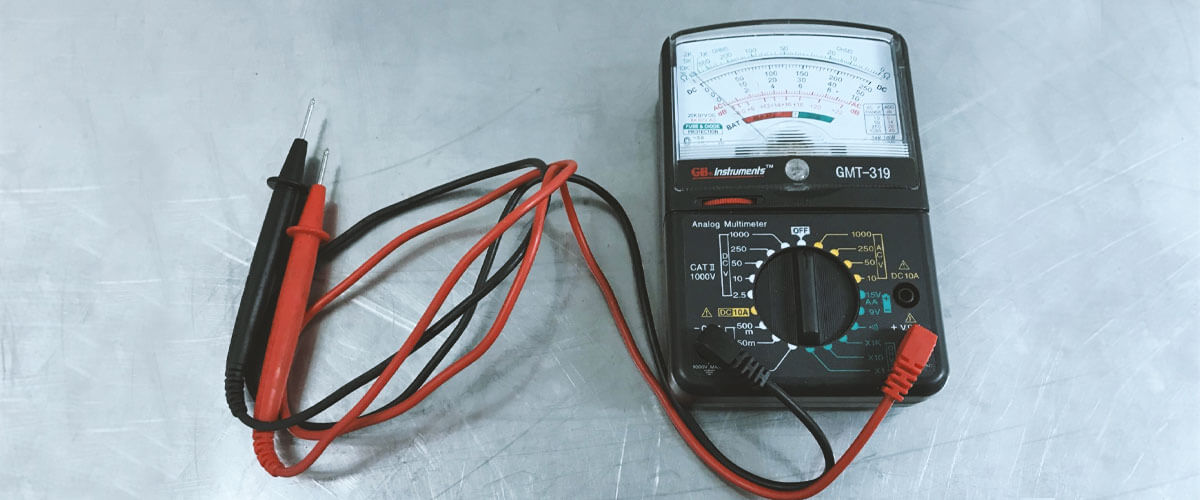
An analog multimeter is a device that measures electrical voltage, current, and resistance. It usually has a moving needle that indicates the measurements on a dial.
It is a versatile tool that can be used to troubleshoot and repair various electrical and electronic devices. Analog multimeters are available in a wide range of prices and features.
Many analog multimeters also have a built-in function for testing continuity. Some of the more expensive models include features such as auto-ranging, which automatically adjusts the range of measurement based on the voltage being measured, and digital readouts, which provide a more precise reading of the measurements.
One of the advantages of analog multimeters is that they are typically less expensive than their digital counterparts. Another advantage is that they are often easier to use since they do not require the user to input a specific range of values.
However, analog multimeters have a few disadvantages as well. For example, they are not as precise as digital multimeters and can be more challenging to read.
A clamp multimeter
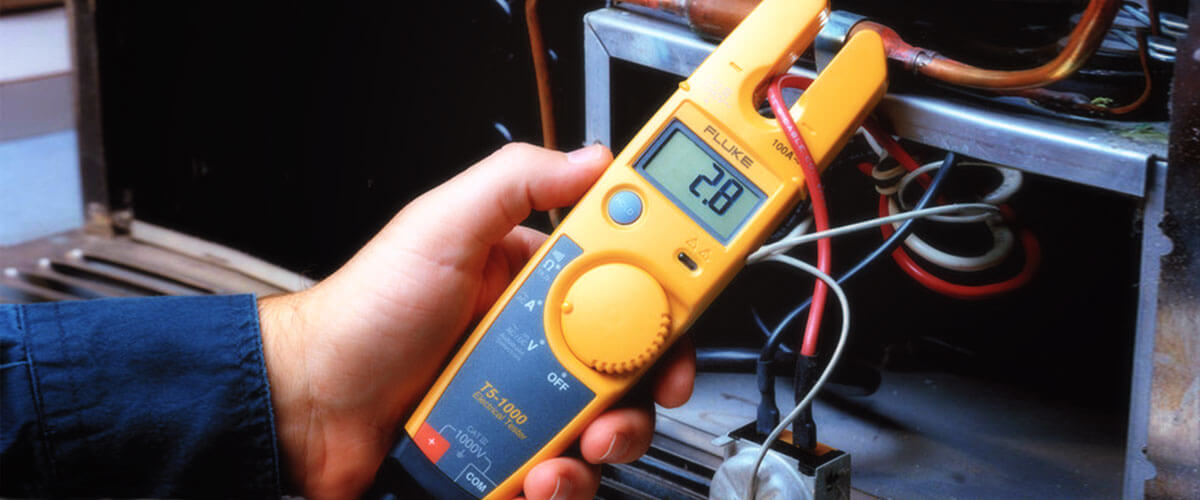
A clamp multimeter is a type of multimeter that allows you to measure AC without having to touch the wires physically. Instead, it consists of two probes around an electrical conductor, such as a wire or cable. The device then measures the strength of the current flowing through the conductor.
Clamp multimeters are often used in applications where it is not possible or safe to access the live components of an electrical circuit. For example, they can be used to measure the current flowing through a length of the cable without having to disconnect it from the circuit physically.
Many types of clamp multimeters are available on the market, each designed for specific applications. For example, some clamp multimeters are designed for industrial environments, while others are better suited for use in the home. Choosing the suitable clamp multimeter for your needs is essential to ensure accurate measurements. Some models also have a “peak hold” feature that can measure brief spikes in current, such as those produced by electrical motors. Others may have a “relative” mode that can compare the current flowing through two different conductors.
An autoranging multimeter
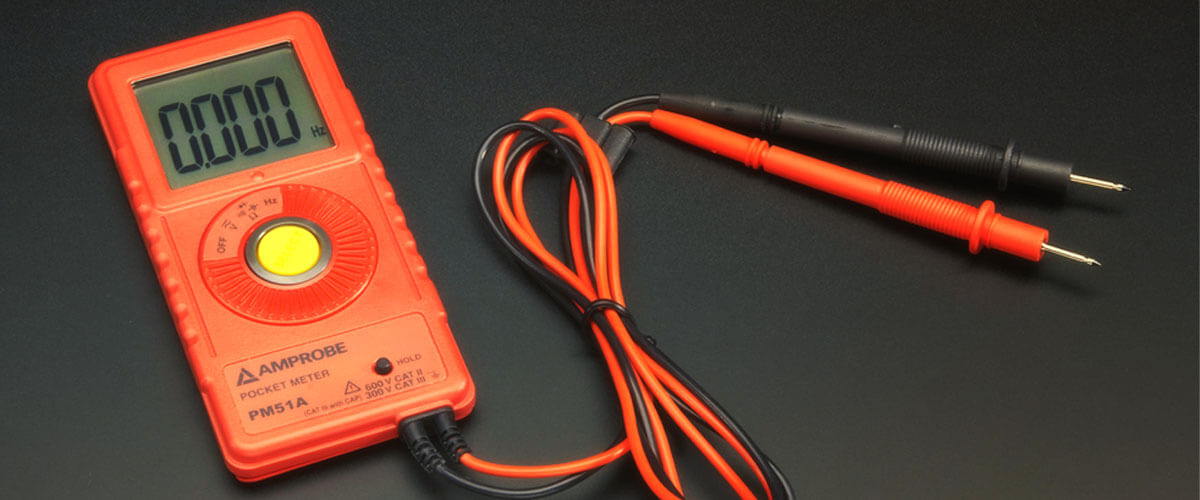
Autoranging multimeters are devices that can automatically switch between measurement ranges. It makes it a versatile tool for use in various settings and applications.
It means the user does not have to select the range for the particular measured quantity manually. Autoranging multimeters are convenient because they offer more flexibility and ease of use and can be used in various applications. There are two main types of autoranging multimeters: true autoranging and pseudo autoranging. True autoranging multimeters are more expensive but offer more accurate measurements. On the other hand, pseudo autoranging multimeters are less expensive but may not be as accurate.
Furthermore, many such multimeters have additional features. For instance, temperature measurement, capacitance measurement, and frequency measurement.
Before using an autoranging multimeter, ensure that the tool is calibrated correctly. Always pay attention to the range for the measurement being taken. Measuring the wrong range can damage the device and give inaccurate readings.
What multimeter is the most universal: digital or analog?
Generally, digital multimeters are more versatile and easier to use than analog models, making them a good choice for more and more people. On the other hand, speaking about analog multimeters, they can be more challenging to read and interpret, but they may offer some advantages in certain situations.
Ultimately, your best type of device will depend on your specific preferences. Also, check that the multimeter has the appropriate safety certifications, such as CAT, for your needs.
We are supported by our audience. When you purchase through links on our site, we may earn an affiliate commission at no extra cost to you.
Our newsletter
* We will never send you spam or share your email with third parties

